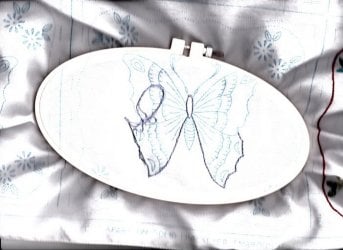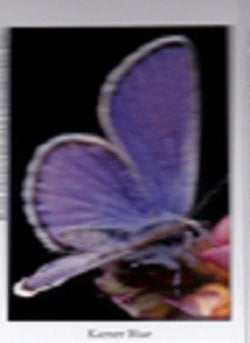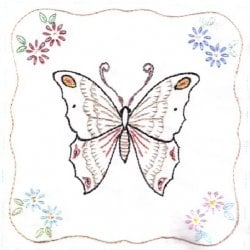First monarch that hatched.
Photofkit is having issues with the other butterflies I'll do it again when I have the patience and time -it likes the deep ones fine - I put some in there.
I'll do it again when I have the patience and time -it likes the deep ones fine - I put some in there.
We have 3 more chrysalises.
This is what they look like.


Photofkit is having issues with the other butterflies
 I'll do it again when I have the patience and time -it likes the deep ones fine - I put some in there.
I'll do it again when I have the patience and time -it likes the deep ones fine - I put some in there.We have 3 more chrysalises.
This is what they look like.

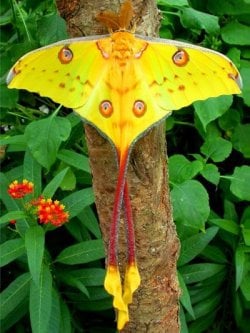
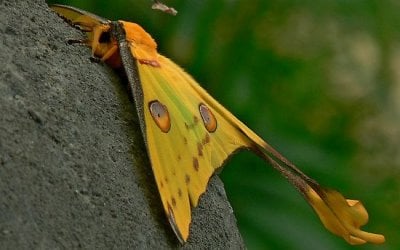
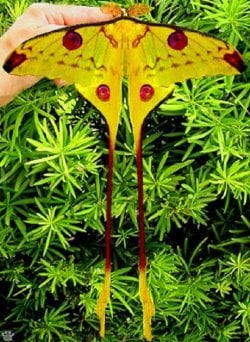














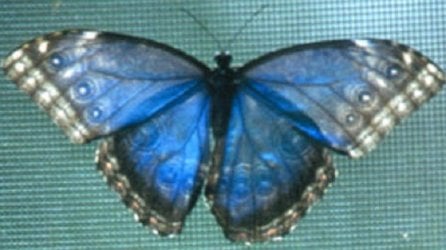
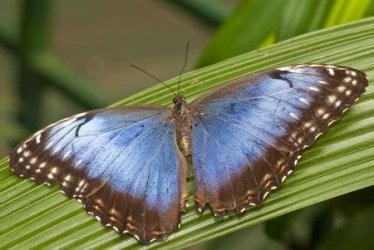
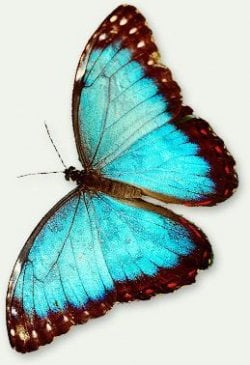

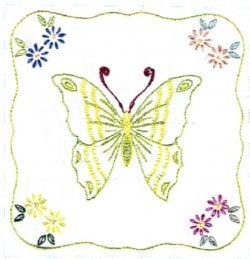
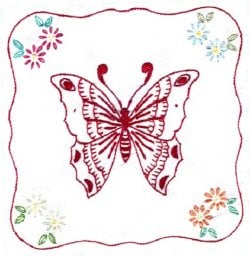
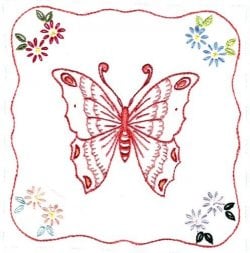
 Texas State Butterfly
Texas State Butterfly 


